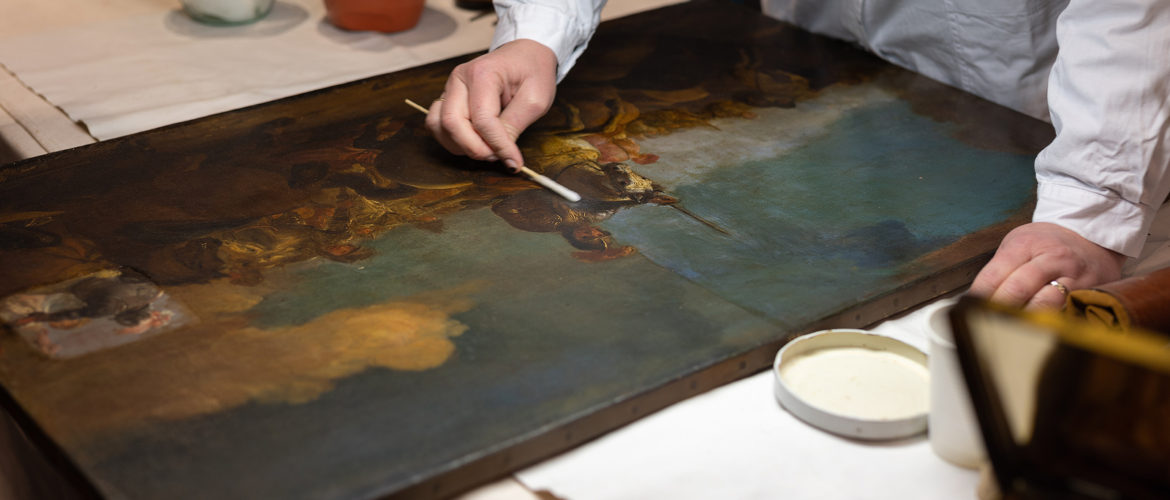Art History: How Artists Used Eggs to Paint Their Masterpieces

What do you think about when you hear the phrase “eggs in art”? Do you imagine a painting of a breakfast plate? Or does your mind create pictures of avant-garde performances that use food as a metaphor for something deep and philosophical? As a person who lives in the modern world, those are all completely understandable thoughts to have. However, using eggs in art is nothing new: art history tells us that artists have been using yolks as art materials for hundreds of years. But why did they do that? Turns out, their reasons were not at all eccentric but very practical.
Art History: How Artists Used Eggs to Paint Their Masterpieces
There are records of artists across centuries adding eggs to the paint. For the longest time, art history scholars have thought that the yolks they found when analyzing pieces by Old Masters ended up there by accident. However, a new study released not too long ago proved that egg yolks were mixed with paint on purpose. It was usually added to oil paints and had a lot of different qualities. For example, research showed that yolk added extra thickness to the paint, which helped the artists achieve larger brushstrokes and made the pigment last longer.
Egg yolk also served as the additional protein that helped preserve paintings and slow down the oxidation process. Scientists found that this was the reason why Leonardo da Vinci’s “Madonna of the Carnation” was in such good shape. Botticelli also used egg yolks when he painted “The Lamentation of Christ” and “Birth of Venus.”
Modern uses
Did you know that Orthodox icons were and are still painted using egg tempera? This material is resistant to light and does not darken with age, so it is not a surprise it was used to create something that was supposed to serve for generations. Egg tempera is also thinner than most other types of paint, so it has to be applied in several layers. This icon painting technique dates back to Byzantium times and is still reverently preserved in many countries.
Try it yourself!
Learning about art history can inspire you to pursue new projects. While mixing food with inedible paint might sound unnatural, give it a try anyway: there are recipes online that tell you how to create your own hand-made egg tempera. It might make you feel like an ancient master working on their next breathtaking work of art. Moreover, egg yolk creates an interesting tone when mixed with color pigment, which can look very alluring.
